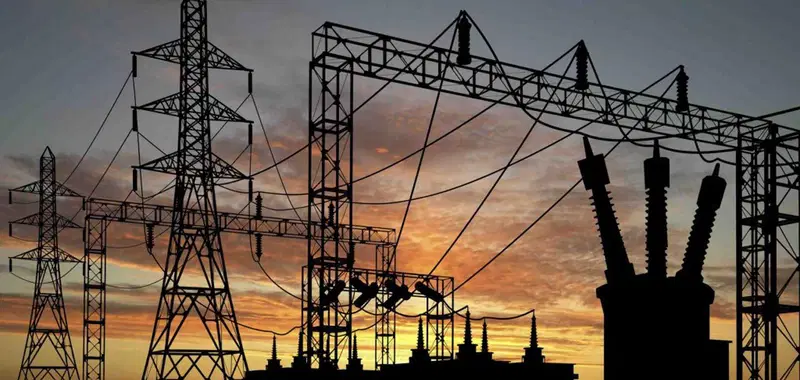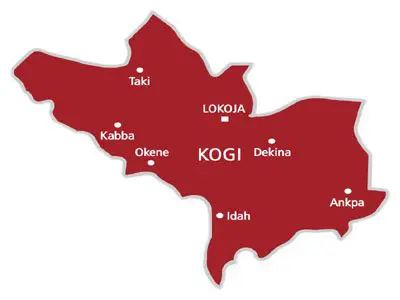
The number of people without access to electricity in Nigeria is put at 86.8 million, the highest world-wide, says a World Bank 2025 report.
This is third consecutive year of this report showing Nigeria in the lowest position globally.
The report, released yesterday, which covers 2023 and titled: “Tracking Sustainable Development Goal, SDG7: The energy progress report 2025”, also showed that out of the top 20 countries with weakest access 18 were from Sub-Saharan Africa.
The World Bank report further noted that 61 percent of the Nigerian population had access to electricity and 26 percent had access to clean cooking energy in 2023.
The report stated: “In 2023, the 20 countries with the largest electricity access deficits accounted for 76 percent of the global total, up from 75 percent in 2022. Once again, 18 of these countries are in Sub-Saharan Africa.
“For the third consecutive edition of this report, Nigeria (86.8 million), the Democratic Republic of Congo (79.6 million), and Ethiopia (56.4 million) topped the list, together accounting for roughly a third of the entire global access deficit.
“The lowest national access rates were observed in South Sudan (5 percent) followed by Chad and Burundi (12 percent), all three of which have shown low annualized increases in access since 2010.”
According to the World Bank, in Sub-Saharan Africa, 35 million people gained access to electricity in 2023, but population growth over the same period was 30 million, making the net electricity access gap for the region fall by just 5 million (from 570 million in 2022 to 565 million in 2023).
The World Bank noted that the region now accounts for 85 percent of the global population without electricity.
“The greatest growth in access between 2020 and 2023 occurred in Central and Southern Asia, while the pace of progress in Sub-Saharan Africa calls for significant acceleration. Central and Southern Asia have both made significant strides toward universal access, reducing their access gap from 414 million in 2010 to just 27 million in 2023.
“In Sub-Saharan Africa, 35 million people gained access to electricity in 2023, but population growth over the same period was 30 million, so the net electricity access gap for the region fell by just 5 million (from 570 million in 2022 to 565 million in 2023).
“The region now accounts for 85 percent of the global population without electricity, up from 50 percent in 2010.”
On its outlook on SDG7 for 2030, World Bank said: “Since 2010, the world has reduced the number of people without access to electricity by 665 million, and 21 countries have reached at least near universal access.
“However, International Energy Agency, IEA, projects that 645 million will still lack access in 2030, even though a fifth of the countries that still lack universal access are on track to reach near universal access by 2030 under today’s policies.
VANGUARD.




